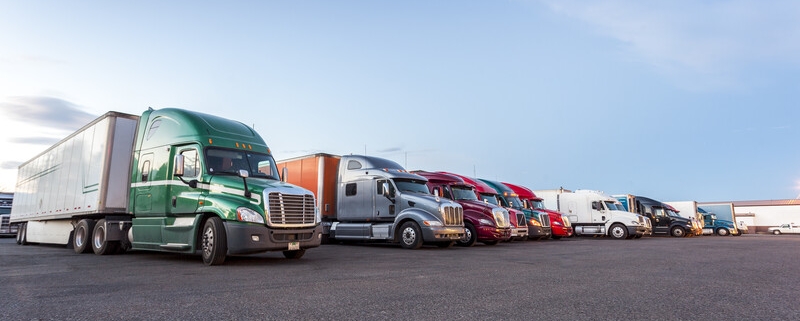Retailers and wholesalers accounted for the most industrial deals at 200,000 square feet or larger last year, or 35.8% of all leasing activity, a considerable increase from 24.7% in 2020, according to CBRE Group Inc. E-commerce fell from the No. 1 spot in 2020 to third last year, accounting for 10.7% of all deals, while 3PLs grew from 25.8% to 32.2%, ranking No. 2 among large industrial leases in both 2020 and 2021.
Propelled by a surge in online ordering, and changes to consumer preferences in part because of the pandemic, retailers and 3PLs have ramped up their distribution networks considerably in recent years. That demand is expected to be sustained this year, and could become even more frenzied with the recent surge in gas prices.
James Breeze, senior director and global head of industrial and logistics research at CBRE, said transportation accounts for at least 50% of a typical industrial occupier’s costs, even before the recent hike in inflation and oil prices. But, largely because of sanctions imposed on Russia from the war in Ukraine, oil prices have risen dramatically, although Brent crude futures — a key benchmark for oil prices — began to decline this week. National gas prices were down 0.2% between Monday and Tuesday, according to AAA.
Any run-up in transportation costs will likely outpace warehouse rent growth, even while that’s growing at a rapid clip, which could result in even more demand for warehouse space, Breeze said.
Carolyn Salzer, senior research manager of industrial logistics at Cushman & Wakefield PLC, said higher gas prices could have a ripple effect on the industrial market, depending on the user and their supply-chain model. Both Salzer and Breeze said real estate costs for warehouse users have typically been about 5% of a company’s costs but, more recently, that’s gotten closer to 10%, Salzer said.
Source: SFBJ

